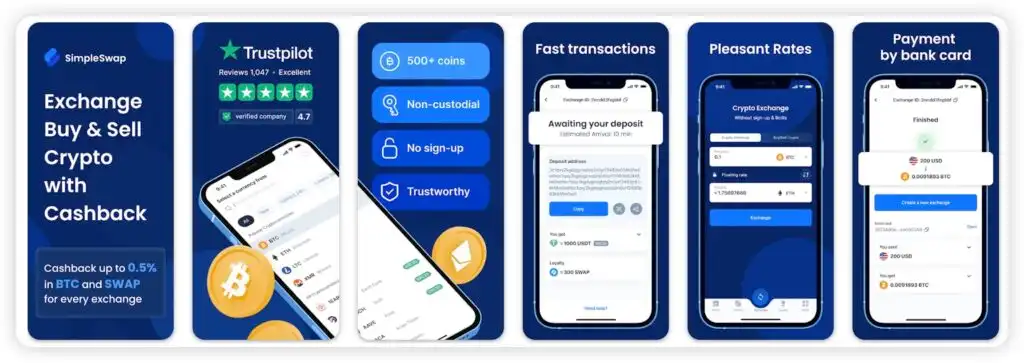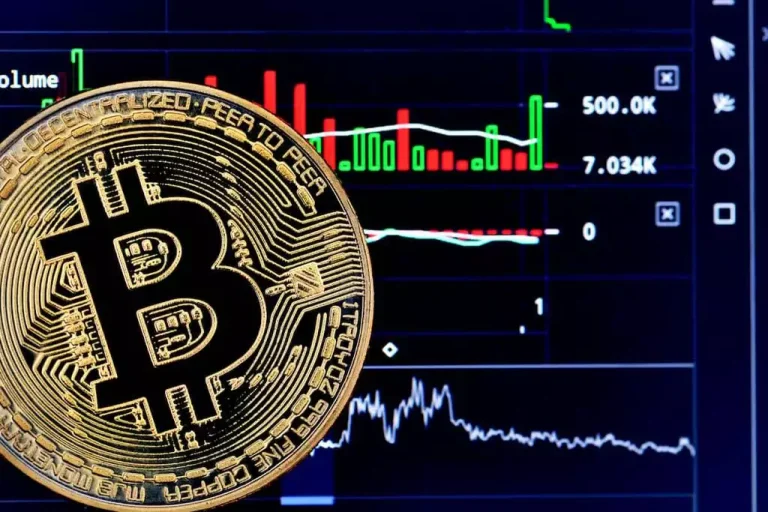Forex Trading Pip: What It Means, Why It Matters, and How to Use It

If you’re new to forex trading, the word “pip” might sound strange at first. But it’s actually one of the most important terms you’ll ever learn in forex.
In this article, I’ll break down exactly what a forex trading pip is, how it works, how to calculate its value, and why, in my opinion, it’s one of the first things every trader should master before placing a real trade.
Let’s dive into the world of pips — in plain English.
What is a Pip in Forex Trading?
A pip stands for “percentage in point” or “price interest point.” It’s the smallest standard price movement that a currency pair can make in the forex market.
For most currency pairs:
- 1 pip = 0.0001 (the fourth decimal place)
For Japanese yen (JPY) pairs:
- 1 pip = 0.01 (the second decimal place)
Example:
- EUR/USD moves from 1.1000 to 1.1001 → that’s a 1 pip move.
- USD/JPY moves from 110.25 to 110.26 → that’s also a 1 pip move.
This tiny price change might not seem like much, but in forex trading, even a few pips can mean significant profits or losses, especially with larger trades or leveraged positions.
Why Pips Matter in Forex Trading (My Honest Take)
In my opinion, understanding how pips work is the foundation of smart forex trading. Here’s why:
- Pips tell you how far the market has moved.
- They’re used to calculate how much money you make or lose on a trade.
- They’re essential for setting risk levels, stop-losses, and take-profits.
- They help you measure and compare trades, regardless of currency or size.
I’ve seen traders skip over pip basics and end up losing hundreds — or even thousands — simply because they didn’t understand what 10 or 50 pips meant in real money. Don’t let that happen to you.
How Much is a Pip Worth?
The value of a pip depends on three main factors:
- The currency pair being traded
- The lot size (standard, mini, micro)
- The account currency
Let’s keep it simple and assume your account is in USD and you’re trading a pair like EUR/USD.
Pip Value by Lot Size (USD-based pairs):
| Lot Size | Units of Currency | Pip Value (per pip) |
| Micro Lot | 1,000 | $0.10 |
| Mini Lot | 10,000 | $1.00 |
| Standard Lot | 100,000 | $10.00 |
Example:
Let’s say you’re trading 1 standard lot (100,000 units) of EUR/USD.
If the price moves by 10 pips in your favor, your profit is:
- 10 pips × $10 = $100 profit
And if it moves 10 pips against you:
- 10 pips × $10 = $100 loss
Knowing this in advance helps you avoid emotional trading decisions. You can set your stop-losses and take-profits with clear expectations.
What is a Pipette?
To be even more precise, some brokers quote prices with 5 decimal places (or 3 in JPY pairs). This introduces a pipette, which is 1/10th of a pip.
Example:
- EUR/USD: 1.10507 → The “7” is a pipette.
- 1 pip = 0.0001
- 1 pipette = 0.00001
Most traders still talk in full pips, but pipettes can affect the spread (the cost of trading) and execution accuracy.
How to Use Pips in Your Trading Strategy
Here’s how I personally use pips in my trading, and how I recommend beginners use them too:
1. Set Clear Risk Management
Use pips to set your stop-loss. For example, you may risk 30 pips per trade. Multiply by your pip value to know exactly how much you’re risking in dollars.
2. Define Take-Profit Targets
If you aim for 60 pips profit on each trade, you can calculate whether your risk-to-reward ratio is worth it.
Tip: Many traders use a risk-reward ratio of 1:2, risking 30 pips to gain 60 pips.
3. Track Performance in Pips, Not Just Dollars
Measuring your trading performance in pips helps you improve your strategy, especially if your position sizes vary.
4. Compare Trades Across Currency Pairs
Pips make it easy to analyze whether you’re doing better with EUR/USD or GBP/JPY, regardless of pip value differences.
Common Mistakes with Pips (That You Should Avoid)
Even though the pip is a basic concept, many new traders make serious errors with it. Here are the ones I see most often:
Mistake 1: Not knowing your pip value
If you don’t know how much a pip is worth, you can accidentally risk way more than your account can handle.
Mistake 2: Confusing pips with price
A price drop of “0.0010” on EUR/USD is 10 pips — not one! Always check the decimals.
Mistake 3: Ignoring pip-based risk
A trade that loses 100 pips on a standard lot is a $1,000 loss. Let that sink in.
Mistake 4: Trading without a pip-based stop-loss
Never enter a trade without deciding how many pips you’re willing to risk. Period.
My Final Opinion: Know Your Pips or Don’t Trade
Here’s my honest opinion: If you don’t understand what a pip is or how it works, you shouldn’t be trading real money.
Forex is a fast-moving, high-stakes market. Every second counts, and every pip can mean a difference between profit and loss. If you want to trade with confidence, reduce stress, and grow your account steadily — learning about pips is step one.
It’s not complicated, and once you understand it, it becomes second nature. But until then, you’re flying blind.







